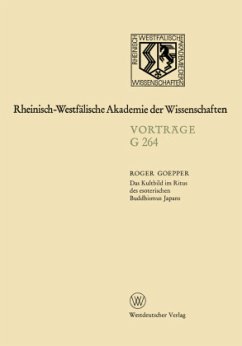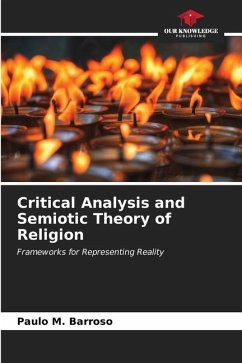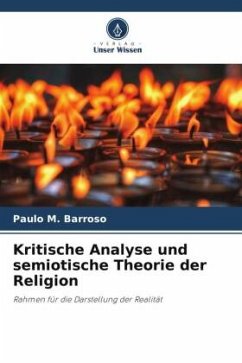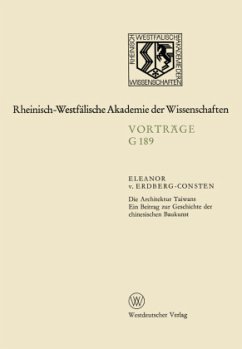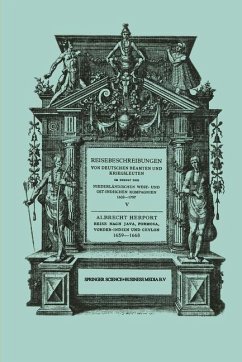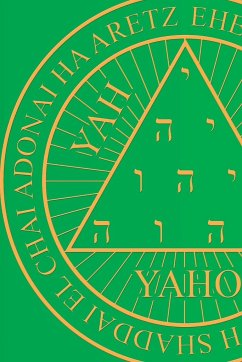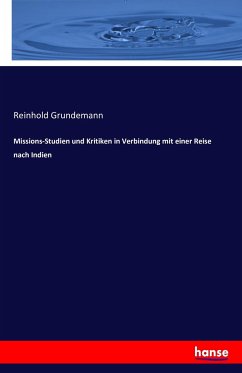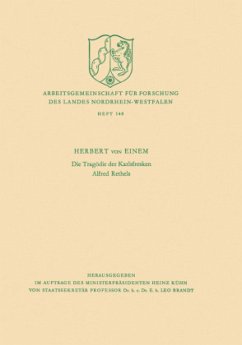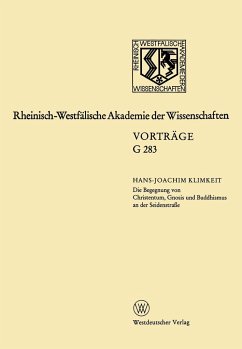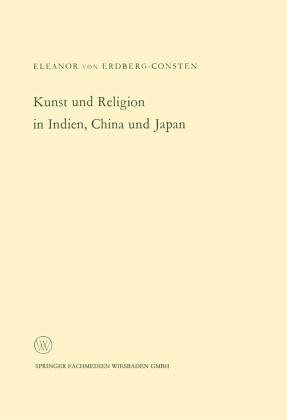
Kunst und Religion in Indien, China und Japan

PAYBACK Punkte
0 °P sammeln!
Since the earliest literary sources of China yield no information about the religious concepts underlying the animal style on ancient Chinese bron zes, an attempt is made in this paper to find an explanation by studying the idea of Tao. Although our knowledge of Tao stems mainly from writings of the 3rd century B. c. , a pre-philosophical Tao - to use a phrase coined by Prof. Dr. Grimm in the discussion - may well have been the pivot of the Chinese image of the world in Shang times. Some of the attributes, which in the later writings belong to Tao - immobility and the lack of a distinct shape ...
Since the earliest literary sources of China yield no information about the religious concepts underlying the animal style on ancient Chinese bron zes, an attempt is made in this paper to find an explanation by studying the idea of Tao. Although our knowledge of Tao stems mainly from writings of the 3rd century B. c. , a pre-philosophical Tao - to use a phrase coined by Prof. Dr. Grimm in the discussion - may well have been the pivot of the Chinese image of the world in Shang times. Some of the attributes, which in the later writings belong to Tao - immobility and the lack of a distinct shape - are characteristic of the animal demons on Shang dynasty sacrificial vessels. The monster-mask called T'ao-t'ieh, the dragons, birds, and other animals are symbols of the power that creates and sustains life. On each ritual vessel they combine to form an integrated image of the fun damentals of cosmic order. They are arranged in pattern areas, which they fill completely, as the Tao permeates the whole world. They are confined within these areas on the ritual vessel, so that the magic of the symbol may benefit the sacrificer, who can only thrive in this world by fitting himself into its order through observance of omens and sacrificial rites.



